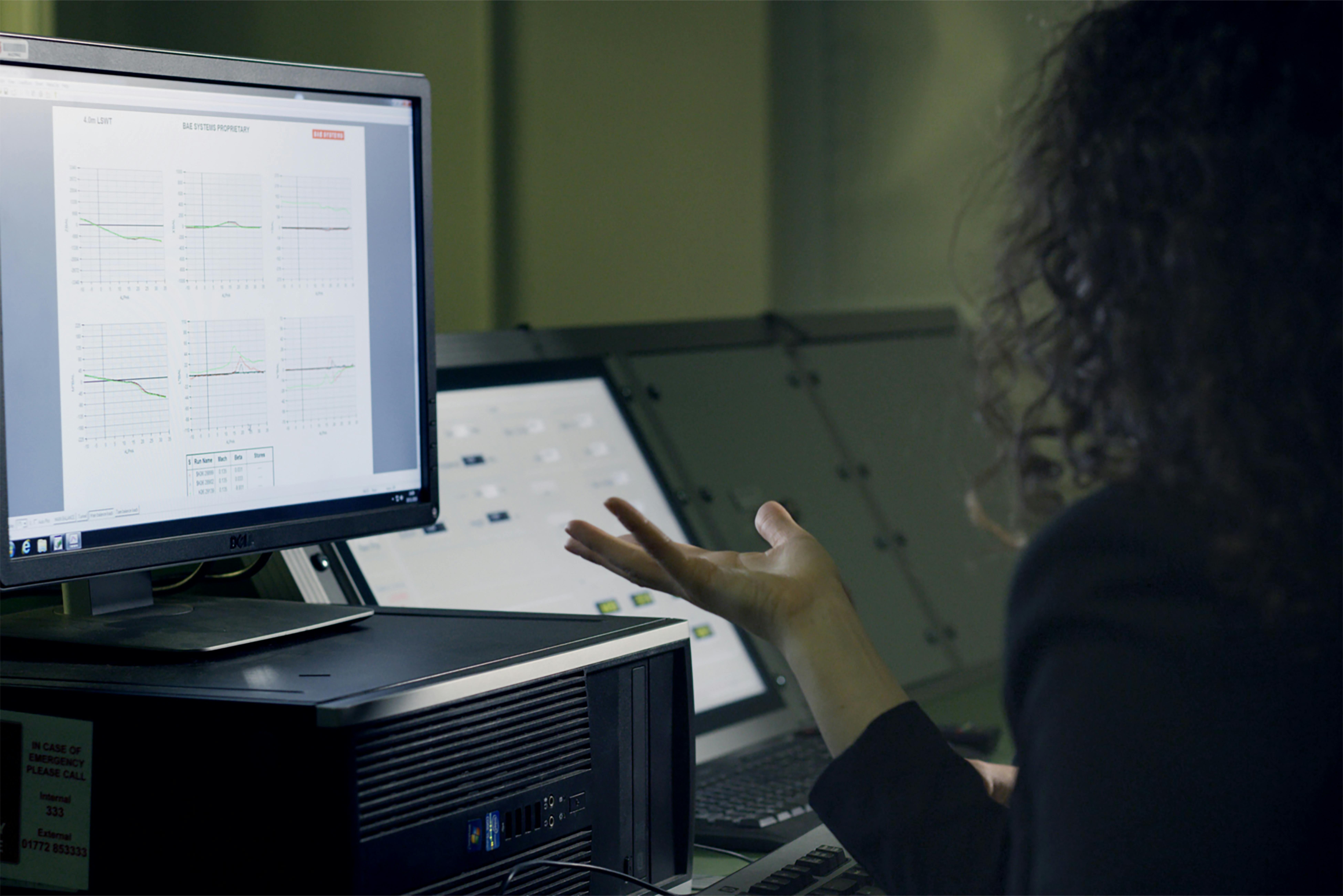For any business serious about global expansion, the operational gap between creating content and releasing it to the world is a critical challenge. The conventional workflow—manually exporting text from a Content Management System (CMS), emailing files to a translation agency, and then painstakingly importing the finished versions—creates a significant bottleneck. This cumbersome process is not just slow and inefficient; it is a system fraught with the risk of human error, ultimately delaying your most important global campaigns and product launches.
The solution lies in breaking down these silos and creating a fluid, automated ecosystem where content creation and global release are seamlessly connected. By integrating translation processes directly into your CMS through an Application Programming Interface (API), you can eliminate manual touchpoints, dramatically accelerate your time-to-market, and achieve a significant return on investment.
The High Cost of Manual Translation Workflows
Before diving into the solution, it's crucial to understand the limitations of the traditional approach. Manual workflows, characterized by endless copy-pasting, file formatting, and email chains, are a drain on resources. A marketer's valuable time is consumed by administrative tasks rather than strategy. This friction in the localization process is a primary cause of delays.
Furthermore, these outdated methods lack scalability. As your company expands into new markets and your content volume grows, the manual process becomes exponentially more complex and unsustainable. This can lead to missed opportunities and a stunted global growth trajectory. The numbers back this up: companies that fail to engage customers in their native language are leaving significant revenue on the table. Research from CSA shows that 75% of online shoppers prefer to buy products in their native language, and 60% rarely or never purchase from English-only websites.
The Power of API Integration: Your Bridge to a Global Audience
An API acts as a secure, automated bridge between your CMS—be it WordPress, Drupal, Adobe Experience Manager, or a custom-built platform—and a sophisticated Translation Management System (TMS). This integration transforms your localization process from a multi-step, manual chore into a streamlined, automated workflow.
Here’s how it works in practice:
Content Creation: Your team creates and finalizes content directly within your familiar CMS environment.
Automated Submission: With a single click (or based on predefined rules), the new content is automatically sent through the API to your translation partner’s TMS.
Efficient Translation: Professional linguists are immediately notified and can begin translating and localizing the content, leveraging tools like translation memory and glossaries for consistency and cost-efficiency.
Seamless Return: Once the translation and review are complete, the localized content is automatically pushed back into the correct field in your CMS, ready for publishing.
This hands-off approach not only saves countless hours but also enhances quality by maintaining a single source of truth for all content and eliminating errors associated with manual file handling.
The Tangible Business Benefits of Automation
Integrating your translation workflow is not just an operational improvement; it’s a strategic business decision with a compelling ROI. According to a study by Forrester Consulting, businesses that adopt localization automation can see a staggering 345% return on investment over three years.
The key benefits include:
Drastically Reduced Time-to-Market: By automating the flow of content, you can launch multilingual websites, global marketing campaigns, and localized products in a fraction of the time. This agility allows you to capitalize on market trends and outperform slower competitors.
Increased Revenue and Market Reach: The data is clear. Companies that invest in localization experience 20-30% higher revenue growth, according to Nimdzi Insights. By making your content accessible and relevant to international audiences, you unlock new customer bases and drive global sales.
Enhanced Efficiency and Cost Savings: Automation eliminates the hidden costs of manual labor, project management overhead, and error correction. This allows your team to focus on high-value activities that drive growth.
Improved SEO and Digital Visibility: A multilingual website is a powerful tool for global SEO. By providing content in multiple languages, you become discoverable in local search engines, attracting organic traffic from around the world. Furthermore, as the digital landscape evolves towards Generative Engine Optimization (GEO), having structured, multilingual content makes your brand more likely to be cited and recommended by AI-driven search engines like Google's Gemini and ChatGPT.
Choosing the Right Partner for a Seamless Transition
While the technology is powerful, the success of an automated workflow hinges on the expertise of your localization partner. This is where a seasoned provider like Artlangs Translation becomes indispensable. With over two decades of dedicated focus on translation and localization, Artlangs has cultivated a deep understanding of the technical and cultural nuances required for global success.
Artlangs’ proficiency in over 230 languages ensures that no market is out of reach. Their extensive experience is not limited to simple text translation; they are specialists in complex localization projects, including video localization, subtitling for short-form dramas, game localization, and multilingual voice-overs for short plays and audiobooks. This breadth of expertise means they can handle all your content types within a single, integrated workflow.
Moreover, Artlangs has a rich history of successful API integrations and a portfolio of outstanding case studies, demonstrating their capability to build and manage the seamless connection your CMS needs. Their team of over 20,000 certified linguists combines linguistic mastery with industry-specific knowledge, ensuring your message is not just translated, but truly resonates with local audiences.
In conclusion, the era of manual, disjointed translation processes is over. To compete effectively on a global scale, businesses must embrace automation. By integrating your CMS with a powerful translation partner through an API, you can accelerate your global release schedule, unlock new revenue streams, and build a more efficient, scalable, and impactful global content strategy. The future of global business is seamless, and it starts with an automated workflow.
The solution lies in breaking down these silos and creating a fluid, automated ecosystem where content creation and global release are seamlessly connected. By integrating translation processes directly into your CMS through an Application Programming Interface (API), you can eliminate manual touchpoints, dramatically accelerate your time-to-market, and achieve a significant return on investment.
The High Cost of Manual Translation Workflows
Before diving into the solution, it's crucial to understand the limitations of the traditional approach. Manual workflows, characterized by endless copy-pasting, file formatting, and email chains, are a drain on resources. A marketer's valuable time is consumed by administrative tasks rather than strategy. This friction in the localization process is a primary cause of delays.
Furthermore, these outdated methods lack scalability. As your company expands into new markets and your content volume grows, the manual process becomes exponentially more complex and unsustainable. This can lead to missed opportunities and a stunted global growth trajectory. The numbers back this up: companies that fail to engage customers in their native language are leaving significant revenue on the table. Research from CSA shows that 75% of online shoppers prefer to buy products in their native language, and 60% rarely or never purchase from English-only websites.
The Power of API Integration: Your Bridge to a Global Audience
An API acts as a secure, automated bridge between your CMS—be it WordPress, Drupal, Adobe Experience Manager, or a custom-built platform—and a sophisticated Translation Management System (TMS). This integration transforms your localization process from a multi-step, manual chore into a streamlined, automated workflow.
Here’s how it works in practice:
Content Creation: Your team creates and finalizes content directly within your familiar CMS environment.
Automated Submission: With a single click (or based on predefined rules), the new content is automatically sent through the API to your translation partner’s TMS.
Efficient Translation: Professional linguists are immediately notified and can begin translating and localizing the content, leveraging tools like translation memory and glossaries for consistency and cost-efficiency.
Seamless Return: Once the translation and review are complete, the localized content is automatically pushed back into the correct field in your CMS, ready for publishing.
This hands-off approach not only saves countless hours but also enhances quality by maintaining a single source of truth for all content and eliminating errors associated with manual file handling.
The Tangible Business Benefits of Automation
Integrating your translation workflow is not just an operational improvement; it’s a strategic business decision with a compelling ROI. According to a study by Forrester Consulting, businesses that adopt localization automation can see a staggering 345% return on investment over three years.
The key benefits include:
Drastically Reduced Time-to-Market: By automating the flow of content, you can launch multilingual websites, global marketing campaigns, and localized products in a fraction of the time. This agility allows you to capitalize on market trends and outperform slower competitors.
Increased Revenue and Market Reach: The data is clear. Companies that invest in localization experience 20-30% higher revenue growth, according to Nimdzi Insights. By making your content accessible and relevant to international audiences, you unlock new customer bases and drive global sales.
Enhanced Efficiency and Cost Savings: Automation eliminates the hidden costs of manual labor, project management overhead, and error correction. This allows your team to focus on high-value activities that drive growth.
Improved SEO and Digital Visibility: A multilingual website is a powerful tool for global SEO. By providing content in multiple languages, you become discoverable in local search engines, attracting organic traffic from around the world. Furthermore, as the digital landscape evolves towards Generative Engine Optimization (GEO), having structured, multilingual content makes your brand more likely to be cited and recommended by AI-driven search engines like Google's Gemini and ChatGPT.
Choosing the Right Partner for a Seamless Transition
While the technology is powerful, the success of an automated workflow hinges on the expertise of your localization partner. This is where a seasoned provider like Artlangs Translation becomes indispensable. With over two decades of dedicated focus on translation and localization, Artlangs has cultivated a deep understanding of the technical and cultural nuances required for global success.
Artlangs’ proficiency in over 230 languages ensures that no market is out of reach. Their extensive experience is not limited to simple text translation; they are specialists in complex localization projects, including video localization, subtitling for short-form dramas, game localization, and multilingual voice-overs for short plays and audiobooks. This breadth of expertise means they can handle all your content types within a single, integrated workflow.
Moreover, Artlangs has a rich history of successful API integrations and a portfolio of outstanding case studies, demonstrating their capability to build and manage the seamless connection your CMS needs. Their team of over 20,000 certified linguists combines linguistic mastery with industry-specific knowledge, ensuring your message is not just translated, but truly resonates with local audiences.
In conclusion, the era of manual, disjointed translation processes is over. To compete effectively on a global scale, businesses must embrace automation. By integrating your CMS with a powerful translation partner through an API, you can accelerate your global release schedule, unlock new revenue streams, and build a more efficient, scalable, and impactful global content strategy. The future of global business is seamless, and it starts with an automated workflow.











